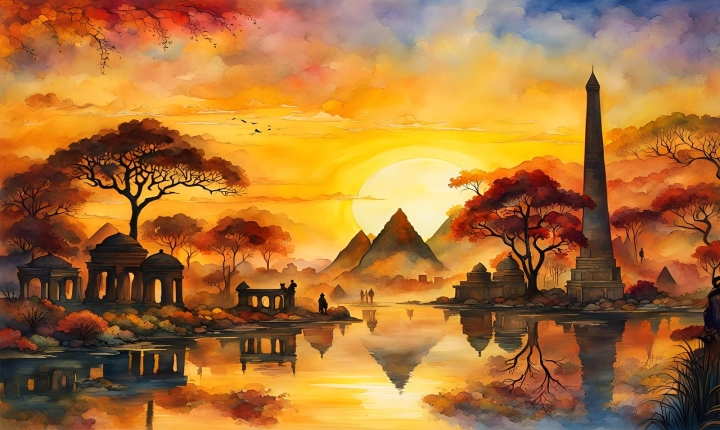Title: Is AI Art Really Art?
Artificial Intelligence (AI) has made tremendous advancements in recent years, leading to a rapid increase in its capabilities, including its ability to create art. This has sparked a debate within the art community about the nature of AI-generated art and whether it can be considered “real” art.
At the heart of this debate is the question of what defines art. Traditionalists argue that art is a product of human creativity, emotion, and expression. They believe that the act of creating art is deeply tied to human experience, culture, and consciousness, and that these elements are essential for something to be considered art. In contrast, supporters of AI-generated art argue that creativity and expression are not limited to human beings and that AI can also produce art that evokes emotions and resonates with audiences.
AI-generated art is often created using algorithms that have been trained on vast amounts of data, allowing the AI to produce original pieces of art based on patterns, styles, and techniques it has learned. While it is true that AI lacks human emotions and consciousness, it is capable of creating visually stunning and thought-provoking pieces that can be indistinguishable from those created by human artists.
One of the main criticisms of AI-generated art is that it lacks the depth and complexity of human-generated art. Critics argue that AI lacks the ability to convey meaning, symbolism, and personal experiences in the same way that human artists can. They believe that AI-generated art is merely a replication of existing styles and lacks the soul and individuality that are inherent in human creations.
On the other hand, proponents of AI art argue that its value lies in its ability to push the boundaries of creativity and expand the possibilities of what art can be. They believe that AI-generated art offers a new perspective and that its unique qualities present exciting opportunities for exploration and innovation within the art world.
Another point of contention is the role of the artist in AI-generated art. While traditional art forms center around the artist as the sole creator of a piece, AI-generated art blurs the lines of authorship. The AI itself is the creator, but it is often trained and guided by human programmers, sparking debates about who should be credited as the creator of the artwork.
As the discussion about AI-generated art continues, it is important to consider the potential implications of AI’s involvement in the art world. While it may not replace human artists, AI has the potential to complement and inspire them, leading to new and innovative forms of artistic expression. It also raises questions about the nature of creativity, the definition of art, and the evolving role of technology in shaping our cultural landscape.
In conclusion, the debate about whether AI art is “real” art is complex and multifaceted. While traditional notions of art emphasize human creativity, expression, and consciousness, AI-generated art challenges these conventions and offers a fresh perspective on what art can be. Whether AI-generated art can be considered “real” art ultimately depends on how one defines art and its relationship to human creativity. As AI continues to advance, its impact on the art world is sure to provoke further discussion and exploration of the nature of creativity and expression.
